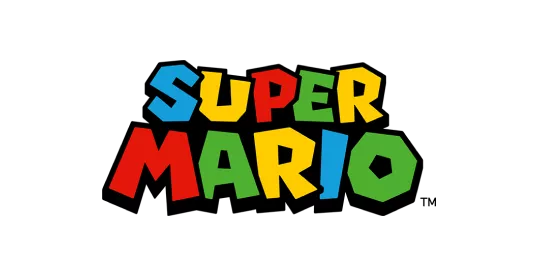
Cultures around the globe have long crafted replicas of animals using painting, carving and chiseling techniques since antiquity. Stuffed toys didn't become widely popular until late 19th century when sewing machines and fabric color printing became more sophisticated.
Margarete Steiff created the first modern stuffed animal in 1880 as a pin cushion; Morris Michtom, inspired by a cartoon depicting President Theodore Roosevelt sparing a bear cub during a hunting trip, designed the Teddy Bear.
Origins
Plush animals - commonly referred to as plushies - are among the most beloved toys of all time, bringing comfort and cuddliness to children of all ages. But where did these beautiful creations originate?
Many theories exist regarding the origins of plushies. Some scholars believe they date back to ancient Egypt when children would carve and paint clay or wax creatures with crayons; while others propose that plushies first emerged during Roman times when children played with fabric scrap-stuffed dolls made for play using straw as stuffing - an affordable way of creating plush animals for those without access to more expensive wooden carvings.
Margarete Steiff invented the modern stuffed animal in the 1880s when she created her iconic elephant using a pattern found in a magazine. Margarete created what would become the first commercially produced stuffed toy and helped to establish an industry which continues to expand today. Morris Michtom and Rose Katz created Betsy Wetsy and Shirley Temple rag dolls during Great Depression which provided entertainment and comfort for children during that period of time. Today plushies are enjoyed worldwide by people of all ages as part of child development as well as adults for their unique designs and soft, plush textures!
Margarete Steiff
Though stuffed animals have existed since antiquity, Margarete Steiff of Germany is widely credited with popularizing them. As a baby suffering from polio left her with limited muscle control in her right arm. To combat this she began sewing as a hobby and developed her own distinctive style.
In 1880, she created a plush elephant from a magazine pattern she found. At first she used these as pincushions but quickly realized their appeal to children and eventually expanded her product range with dogs, pigs, and cats that she designed herself.
Steiff was well known for her commitment to quality, often being quoted as saying that "only the best is good enough for children". To achieve this goal, she designed prototypes herself so as to avoid technical manufacturing problems as well as seeking out only high-grade materials.
Steiff's animals were immensely popular, yet it wasn't until 1902 that we first saw the iconic teddy bear we all know and love today. Its origin can be found in President Theodore Roosevelt who saved a bear cub from being shot during hunting expedition. A cartoonist for Washington Post took note and created an iconic picture depicting Teddy with his bear; its popularity quickly went viral, giving birth to our modern iconography of loveable cuddlies.
Teddy Bear
Stuffed animals - more commonly referred to as plushies - have long been beloved companions of children around the world. Romans were first known to create these plush toys using fabric scraps and straw filled with straw; these popularly appealed to lower income children who couldn't afford more expensive toys of the time.
Modern stuffed animals first made their debut on the market with the creation of the Teddy Bear in 1902. After US President Theodore Roosevelt sparing a cub from being killed during a hunting expedition, Clifford Berryman created a cartoon for The Washington Post mocking this act of kindness. A Brooklyn candy shop owner named Morris Michtom saw this cartoon and decided to make his own bear to display in his store; later dubbing it after President Roosevelt.
Since that day, the teddy bear has gone on to become one of the most iconic toys ever created, offering children and adults alike comfort in times of strife. This was especially evident during World Wars I and II when soldiers carried their own teddy bears as part of their kit bags. Since then, its legacy has developed alongside each cultural period's values - from playfulness in Goldilocks and the Three Bears stories to feelings of care shown through TV shows such as Yogi Bear and Care Bears TV series.
Ragdolls
Ragdoll cats are beloved companions, known for their gentle and affectionate disposition. Easy to train, their natural affection towards people make them popular choices among families as well as older adults or senior citizens looking for companions who require low maintenance care.
Myth and legend alike surround the birth of Ragdolls. Ann Baker began breeding them in 1963 after borrowing Josephine, a white Angora cat owned by Ann Pennels from her neighbours the Pennels, to breed with Tiki (another Angora) to produce Daddy Warbucks and later Fugianna from them, producing Buckwheat - two cats which formed the basis of Ragdoll breed.
Baker was heavily influenced by two sibling parents that she called Raggedy Ann breeding stock and used this same method for other litters under Kitchen Aid breeding program. Unfortunately, Baker's efforts at franchising her breed did not pan out and many early owners opposed the arrangement.
Ragdoll cats were first sold commercially in 1969 by Laura and Denny Dayton of Dayton Farms. Since this date, this breed has enjoyed exponential growth; Cat Fanciers Association registered more than 100 litters last year alone!















